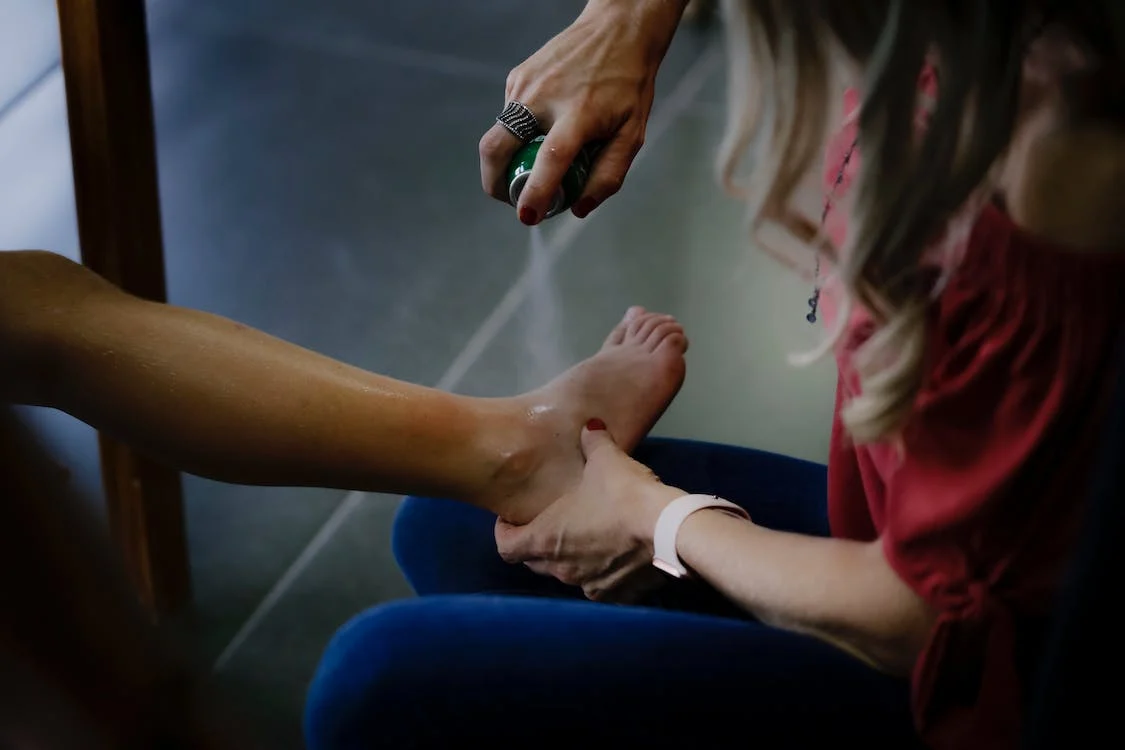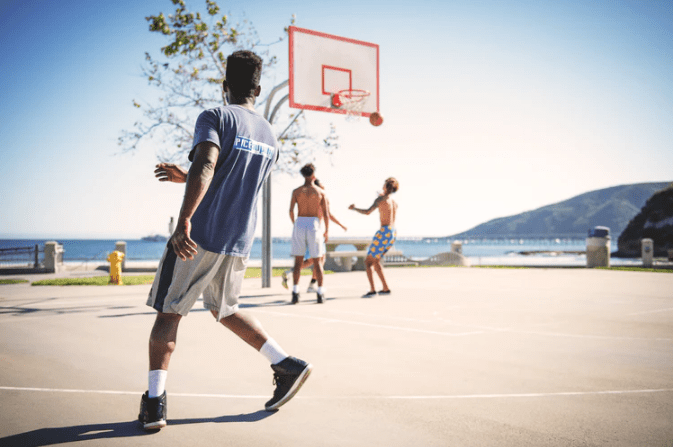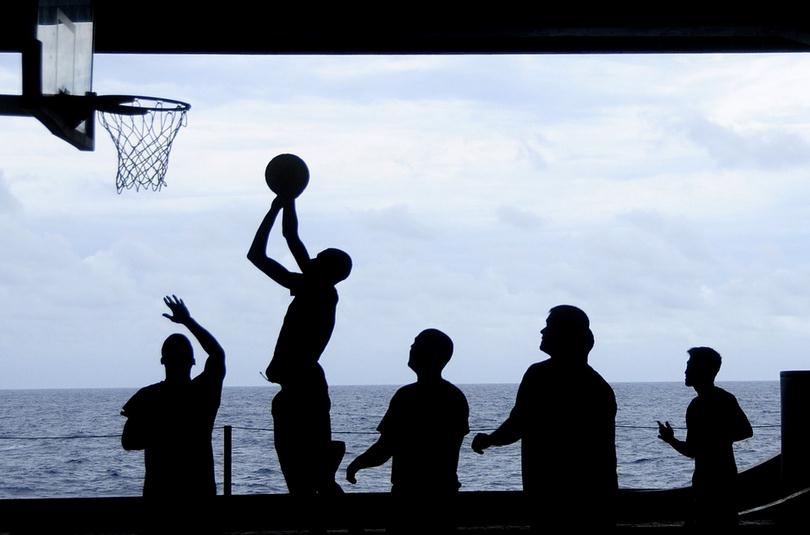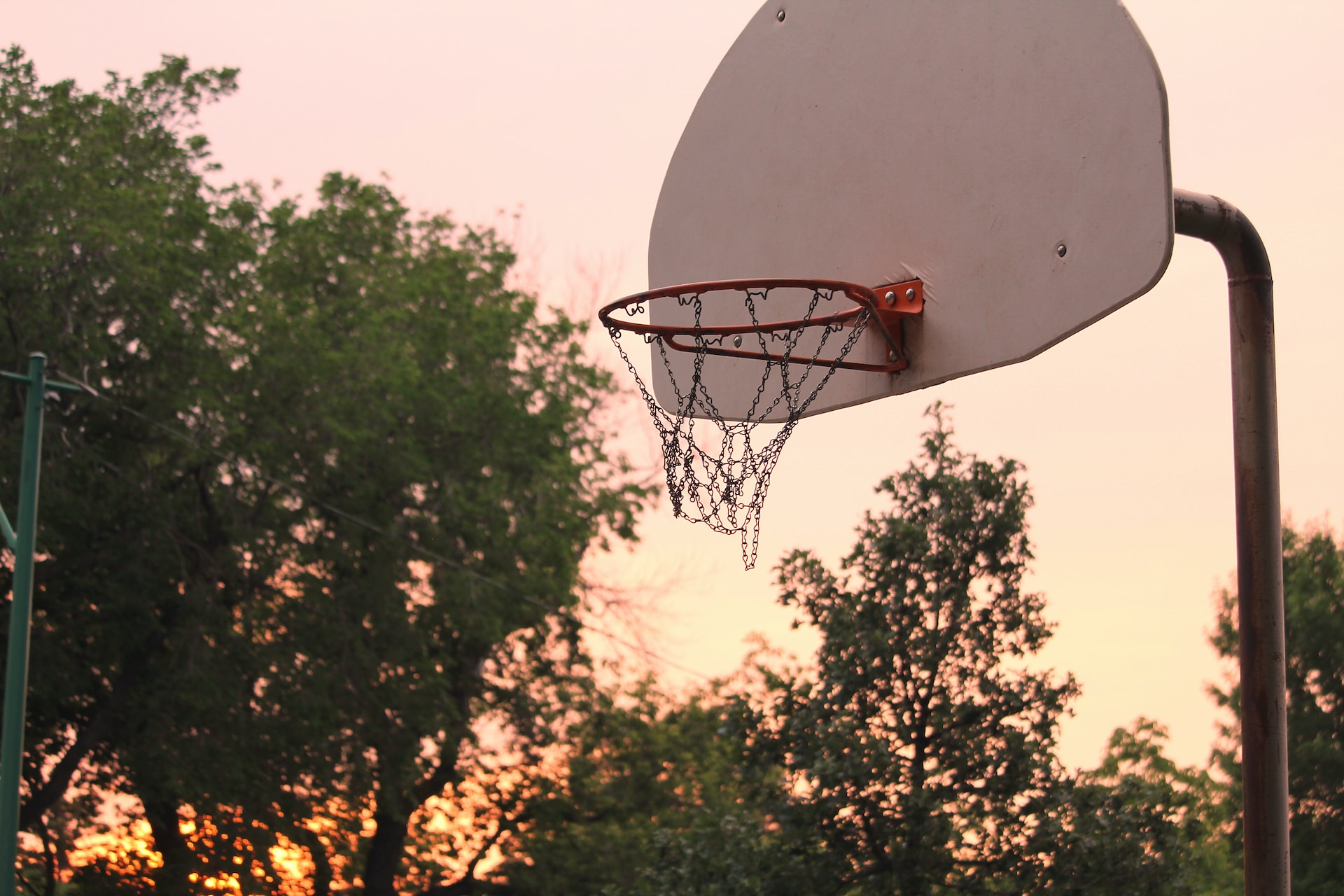Tips for Preventing Athlete's Foot

Basketball players are often at risk for ailments and injuries around the foot, ankle, legs and knees. One of these ailments is perhaps the most common: athlete's foot.
Athlete's foot – also called tinea pedis – is a fungal infection that affects the skin of the foot. Not only is athlete's foot annoying because of the itching sensation, it is also contagious and can spread to others if not prevented.
While athlete's foot is not serious in itself, it can be quite stubborn as it is sometimes difficult to treat. If you are suffering diabetes or are having a weakened immune system and suspect you have athlete's foot, you should seek treatment immediately.
The typical symptoms of athlete's foot include:
- itching, burning or stinging sensation between the toes and the soles.
- cracking, peeling and flaking skin (especially on the soles and between the toes).
- blistering.
- dry skin on the feet.
- thick, discolored and crumbly toenails.
- nail may fall off from the nail bed (if left untreated).
Sometimes, many people with athlete's foot do not exhibit visible symptoms at all, and are not even aware that they are infected with it. Many people may think that they simply have dry skin particularly on the soles of their feet.
Athlete's foot, as said before, is contagious. So how can it be spread? For your knowledge, you can be infected with athlete's foot by the following:
- walking around barefoot on damp, contaminated surfaces (especially in communal areas such as public showers and locker rooms).
- share shoes, socks and other footwear with other people.
- share towels with other people.
- not cleaning and drying your feet after exercising, or after your feet get wet.
- reusing the same socks without washing them.
- failing to alternate different shoes between uses.
- other causes, such as a weakened immune system.
To prevent the spread of the fungus that causes athlete's foot, consider following these tips:
1) Never share your shoes, socks, sandals or towels with other people.
2) Wear sandals or other open-toed footwear when going to a public resort or a beach.
3) Consider rotating two or more different shoes so that your shoes will have enough time to dry out and get rid itself of the microbes, bacteria and fungi.
4) Wear socks that are made of breathable fibers (like cotton or wool), or made of synthetic fibers that are specially designed to wick sweat and moisture away from your feet.
5) Change your socks often, especially when they become sweaty and musty.
6) Wear shoes and other footwear made of breathable materials.
If you suspect you have contracted athlete's foot, there are a variety of treatments and remedies available. It's important to seek treatment early to prevent the fungus from spreading and thus cause more serious complications. There are even rare cases where athlete's foot has spread directly to the hands and other parts of the body.
1) Topical antifungal medications such as OTC creams, ointments and sprays.
2) Prescription medications, which can be topical or oral. Clotrimazole, miconazole, tolnaftate are the most commonly prescribed medicines.
3) Home remedies such as soaking your feet in warm water with salt or vinegar to help dry up blisters.
4) Alternative remedies such as tea tree oil, sunflower oil, bitter orange, green tea, etc.




